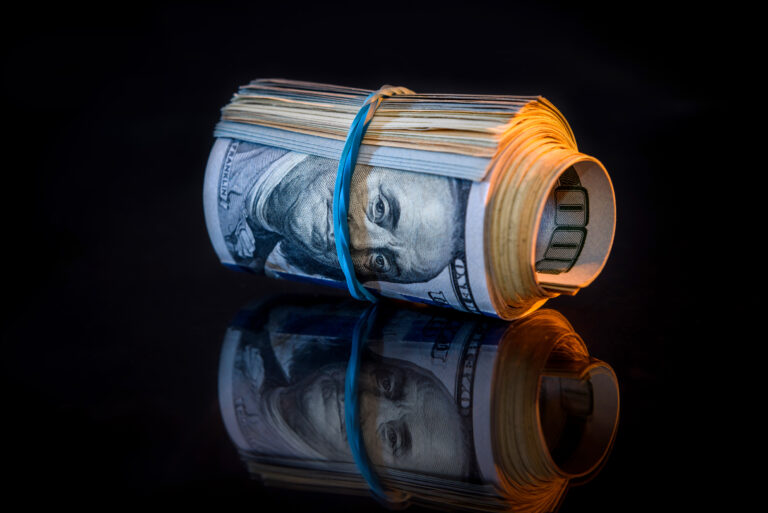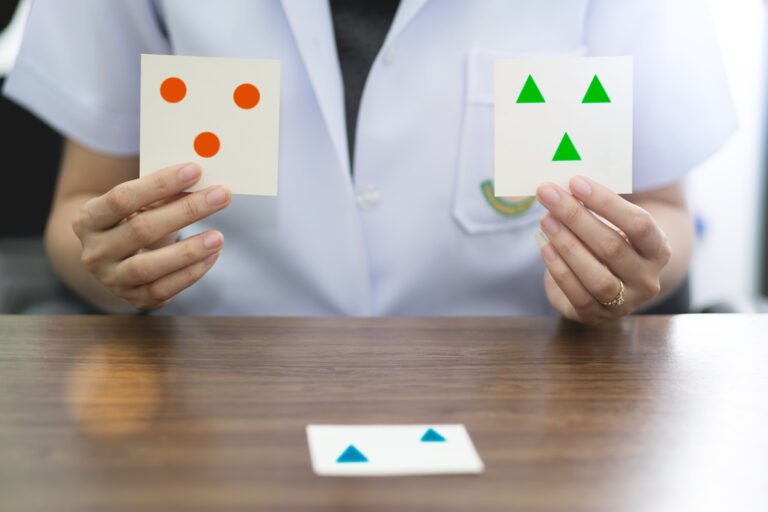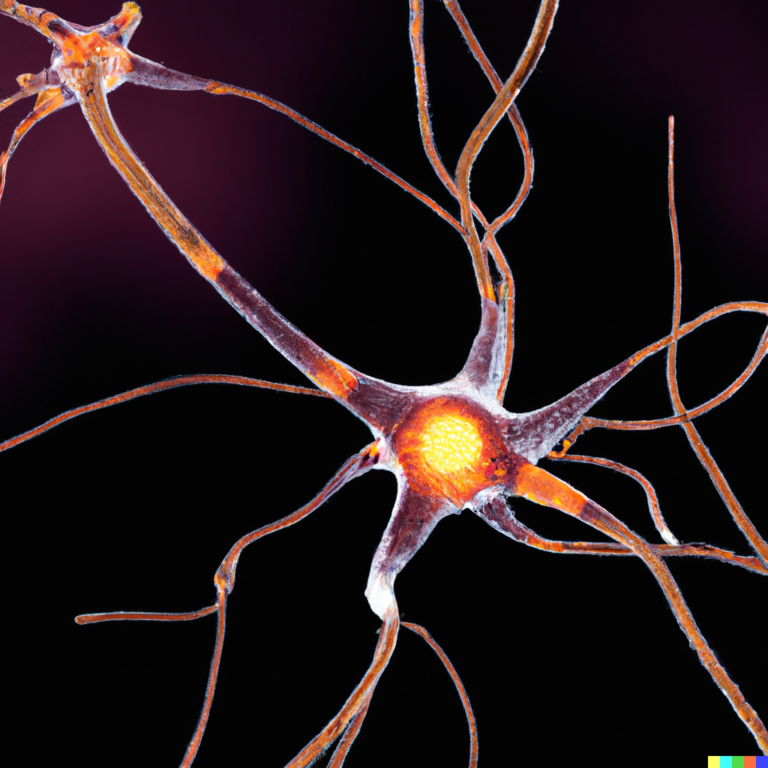Rhythms of Reminiscence: Dance Movements That Recall Cherished Memories
Dance has long been recognized as a powerful tool for evoking emotions and memories. The rhythmic movements and melodies associated with dance can transport us back to moments from our past, stirring up cherished memories that might otherwise remain dormant. This phenomenon, often referred to as “rhythms of reminiscence,” highlights the profound impact dance can have on our memory and emotional well-being.
### How Dance Stimulates Memory
When we engage in dance, our brain processes a combination of physical movement, music, and emotional responses. This multi-sensory experience can trigger memories more effectively than visual or auditory cues alone. For instance, the familiar rhythm of a waltz might remind someone of their wedding day, while the energetic beat of a salsa might transport them back to a vibrant night out with friends.
Dance also plays a significant role in helping individuals with neurodegenerative diseases. Studies have shown that dance can improve recall ability and aid in the formation of new memories. This is partly because dance involves both physical activity and cognitive engagement, which can stimulate areas of the brain responsible for memory.
### The Emotional Connection
The emotional connection we make with dance is another key factor in how it recalls cherished memories. When we dance, we often associate specific movements or songs with personal experiences or emotions. This emotional link can make memories feel more vivid and accessible. For example, a particular song might remind someone of a first love or a significant life event, evoking strong emotions and memories associated with that time.
### Therapeutic Benefits
Beyond its role in recalling memories, dance offers therapeutic benefits that can enhance overall well-being. It provides an outlet for emotional expression and can help reduce stress and anxiety. In therapeutic settings, dance is used to help patients with dementia or Alzheimer’s disease by stimulating their memories and improving their mood.
### Conclusion
Dance is more than just a form of physical expression; it is a powerful tool for recalling cherished memories and enhancing emotional well-being. Through its rhythmic movements and melodies, dance can transport us back to significant moments in our lives, evoking strong emotions and memories. Whether used therapeutically or simply as a form of personal expression, dance remains a timeless way to connect with our past and enrich our present.





